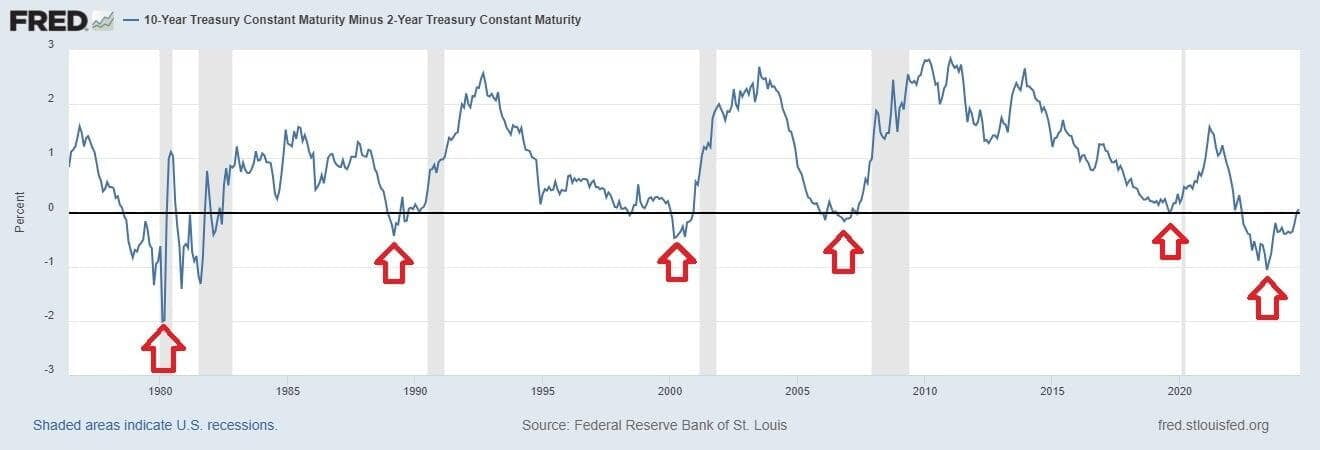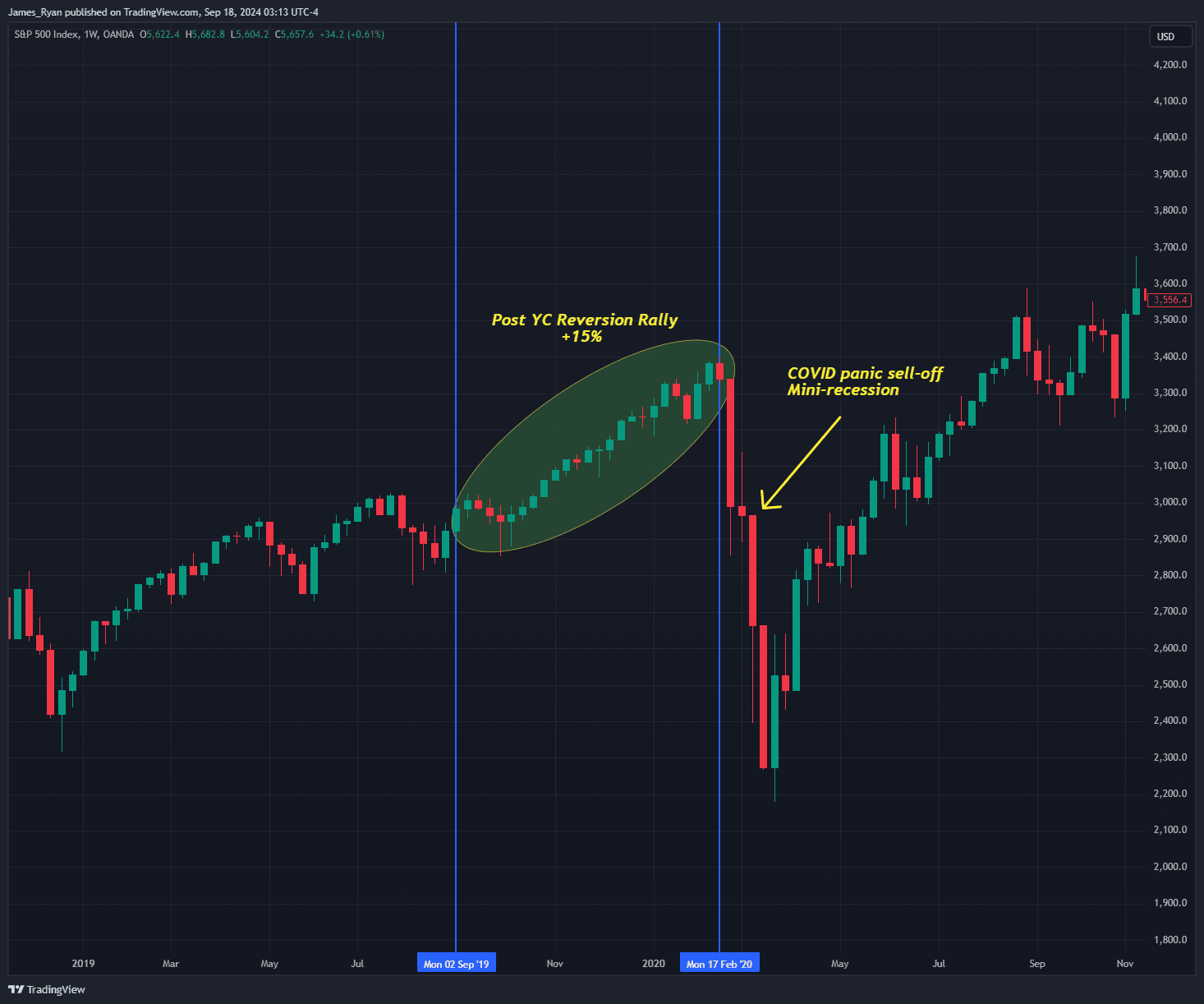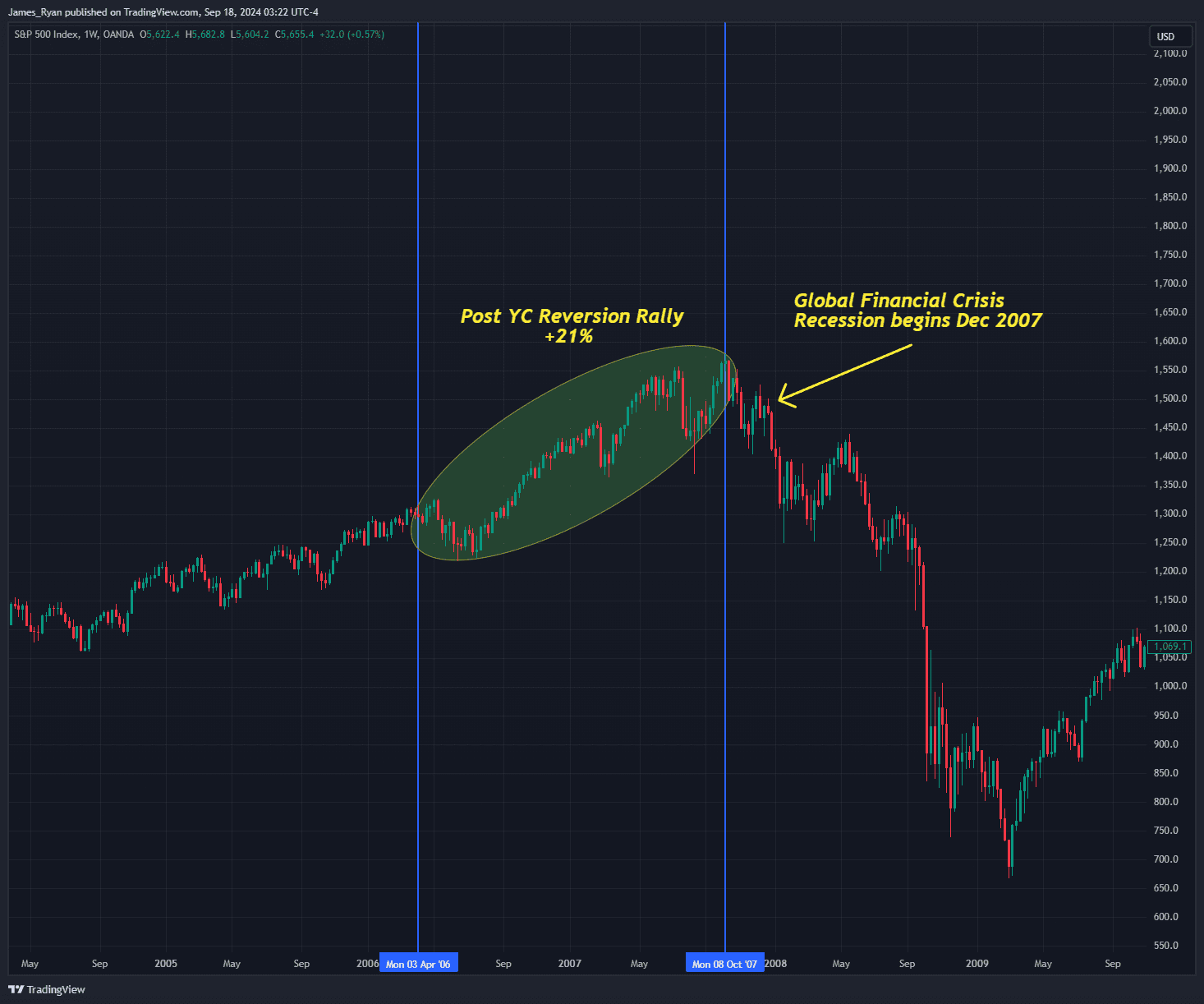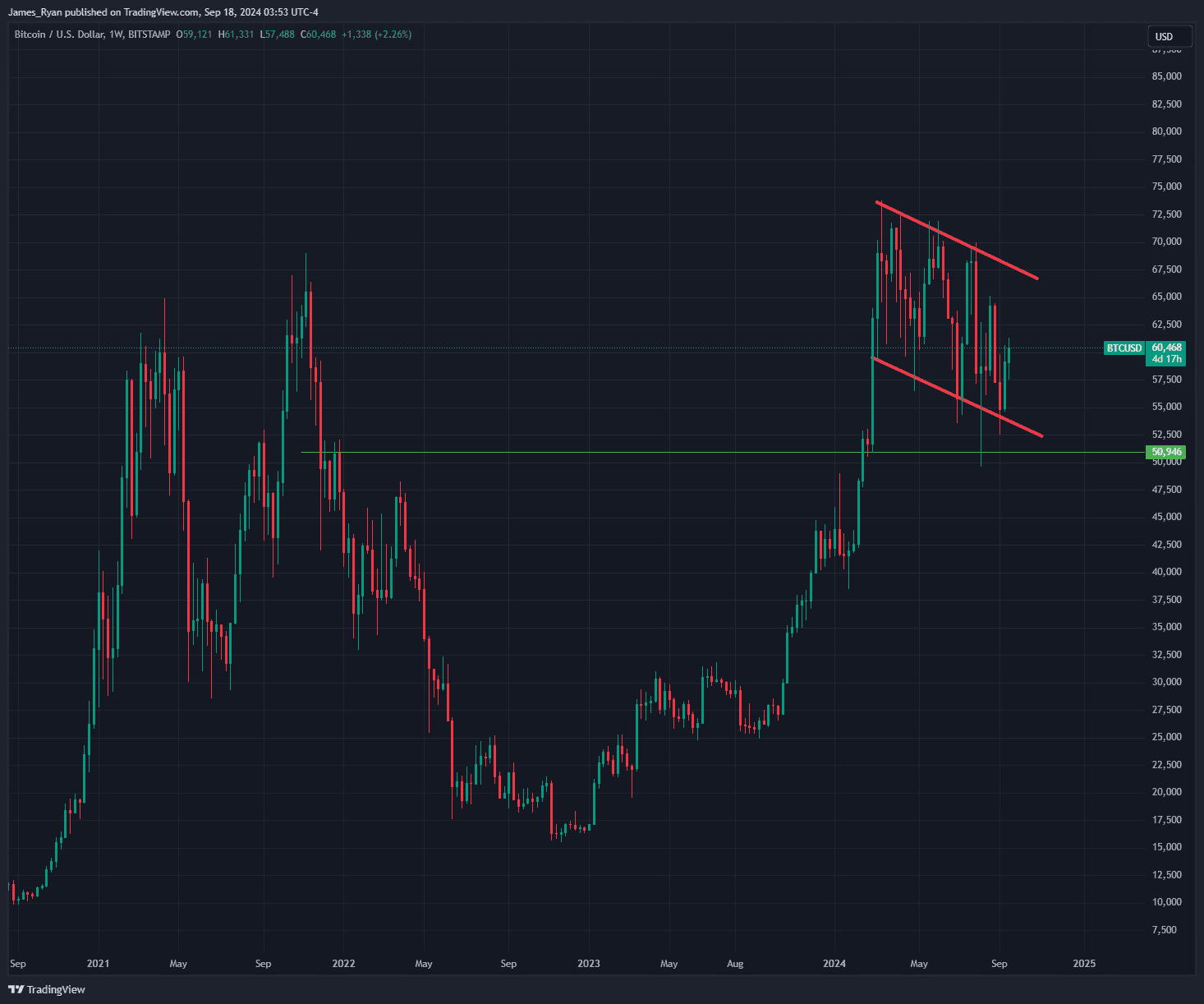

A clearer view of the above chart can be found here: https://www.tradingview.com/x/pCbfIZmj/

A clearer view of the above chart can be found here: https://www.tradingview.com/x/cBDunOLi/

A clearer view of the above chart can be found here: https://www.tradingview.com/x/KH0mcPjm/
Written by James Ryan
Create a brokerage account today
Reach out to us at Stormrake for further market insight and allow us to help you navigate the sea of mania and laser-eye memes, so that you can realise your goals in the market!
No Advice Warning
Disclaimer
All statements made in this newsletter are made in good faith and we believe they are accurate and reliable. Stormrake does not give any warranty as to the accuracy, reliability or completeness of information that is contained here, except insofar as any liability under statute cannot be excluded. Stormrake, its directors, employees and their representatives do not accept any liability for any error or omission in this newsletter or for any resulting loss or damage suffered by the recipient or any other person. Unless otherwise specified, copyright of information provided in this newsletter is owned by Stormrake. You may not alter or modify this information in any way, including the removal of this copyright notice.Copyright © 2024 Stormrake Pty Ltd, All rights reserved


